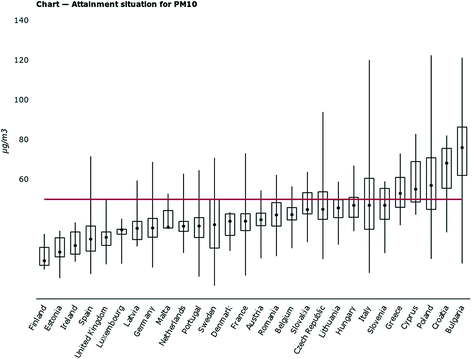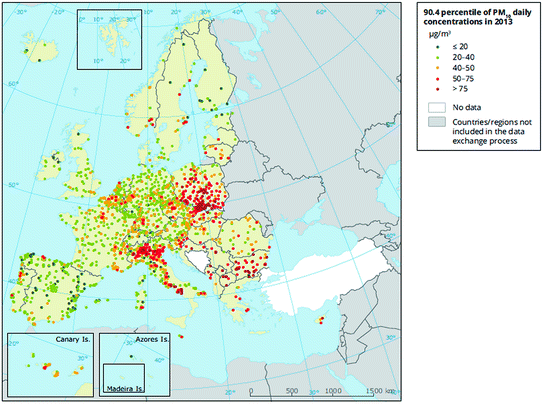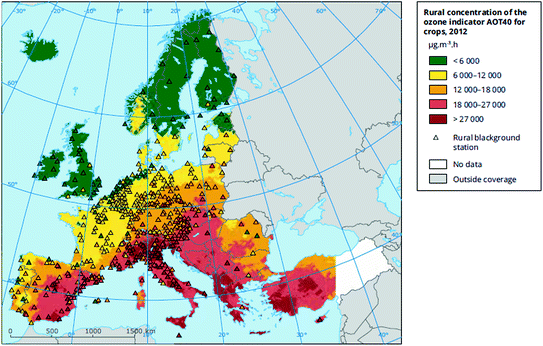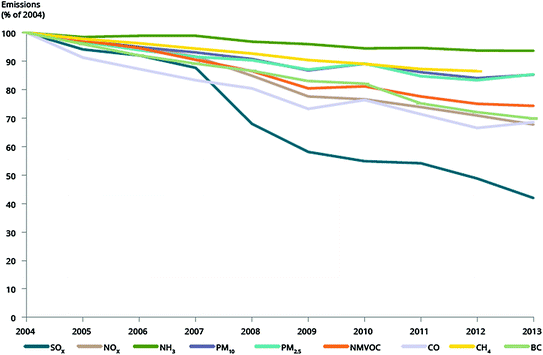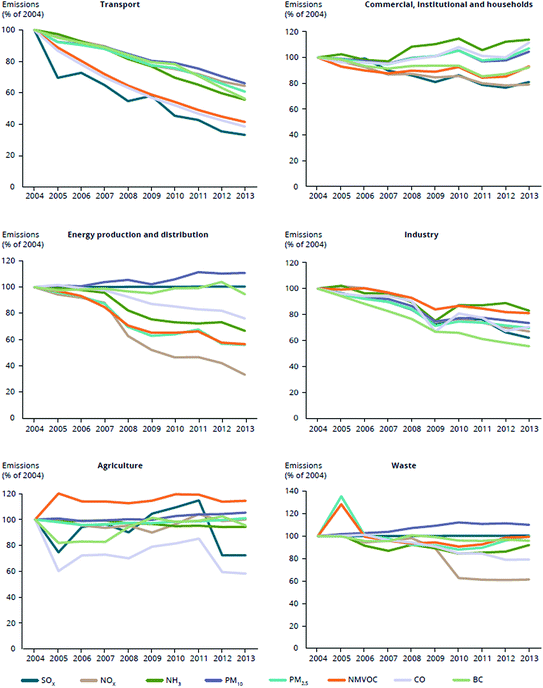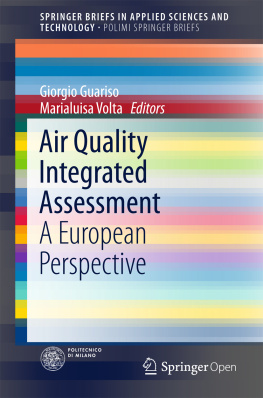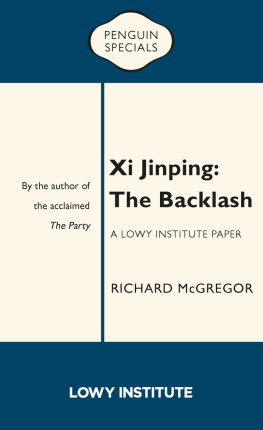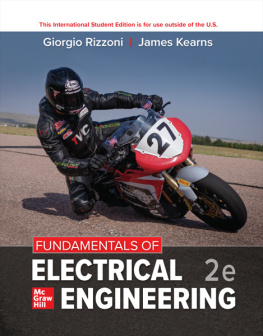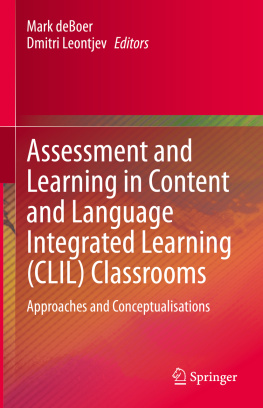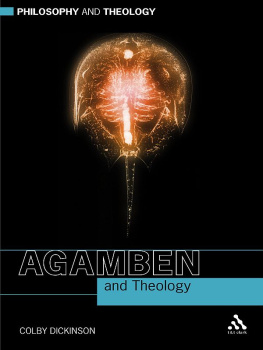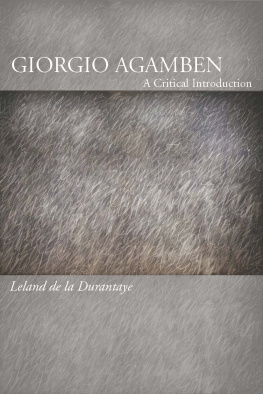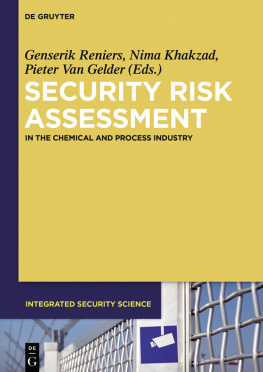1. Air Quality in Europe: Today and Tomorrow
The last Air quality in Europe report by the European Environmental Agency (EEA ) foresees almost five millions of years of life lost (YOLL) in the 28 EU Member States due to the high concentrations of PM2.5. YOLLs are an estimate of the average years that a person would have lived if he or she had not died prematurely, giving greater weight to deaths at a younger age and lower weight to deaths at an older age. For the 507.4 million inhabitants of EU, this means an average loss of more than 3 days each year.
Furthermore, speaking about the average conditions, for air quality has a limited meaning. The situation is normally worse in highly populated areas where most population lives and, for the same reason, emission of pollutant are higher.
Indeed, the same report, referring to 990 urban monitoring stations in 736 European cities, shows that 202 of them (27.4 %) have exceeded the limit of 35 days above 50 g/m3 for PM10 average daily concentrations.
The situation is quite different in different EU Member States (MS) and within each MS. Figure shows for instance the 36-th highest daily mean and the 25 and 75 % percentiles (box limits) in each MS compared to the European limit of 50 g/m3. As we will see in the following chapters, exact links between pollutant concentrations and health impacts are not completely known and thus the limits proposed by the World Health Organization are even stricter than those adopted by EU regulations.
Fig. 1.1
Distributions of the 36-th highest PM10 daily value in EU MS ( source EEA )
Figure expresses this situation in geographical terms, showing where the exceedance of the EU limit for PM10 is reported.
Fig. 1.2
Geographical distribution of the 36-th highest PM10 daily value ( source EEA )
The situation is quite similar for other traditional pollutant such as NOx and only slightly more complex for Ozone, as shown in Fig..
Fig. 1.3
Geographical distribution of AOT40, an indicator of air quality impacts on crops ( source EEA )
Ozone forms in the atmosphere due to the interaction of other gases (such as NOx and VOC) and of ultraviolet solar radiation. This process takes time and is therefore naturally distributed by the movement of air masses. This tends to spread high ozone concentrations more evenly (and limits them to southern European countries where solar radiation is stronger).
Where this pollution comes from is slightly easier to explain. Many countries have now emission inventories with different level of details that can be aggregated to show the pattern of emission evolution across Europe. A graph showing this evolution for the most common pollutant is shown in Fig. , assuming 2004 emission as 100 %. It clearly appears that sulphur oxides (SOx) have more than halved in ten years and all the other species have also reduced in different percentages, being black carbon (BC) the least reduced (5 %). This results from a complex set of actions going from the progressive abandonment of coal and oil as fuels to turn to gas, as well as, in the recent years, to the effect of the economic crisis that reduced industrial activities.
Fig. 1.4
Evolution of EU pollutant emissions through time (2004 = 100 %) ( source EEA )
The above emissions decrease has not been uniformly distributed across activity sectors. Figure shows in fact that, while transport and industry have contributed a lot (the emission reduction has reached more than 50 % for transport in 10 years and that of industry is between 20 and 40 % for the different pollutants), households and agriculture have been stationary, if not increasing. The same is true for waste treatment, even if the contribution of this sector to the total emission budget is small, except for CH4. Finally, the contribution of the energy sector is somehow mixed: most pollutants have decreased (NOx, for instance, by more than 70 %) while others, like primary PM, have slightly increased, possibly because of the increased use of biomass burning.
Fig. 1.5
Evolution of pollutant emissions in different sectors (2004 = 100 %) ( source EEA )
When talking of a large territory (Europe, a country, a region within a country) the link between the perceived pollution (the concentration, that causes adverse effects) and its causes (the emission) is not straightforward. Two aspects must in fact be considered and play an essential role in defining such a link: the meteorology and the chemistry of the atmosphere. Meteorology obviously determines if a certain emission remains more or less confined in the air above the emission source or is dispersed far away from it. In the first case, the concentration may reach very high values, in the second the source contribution may become negligible. Whether in the first or in the second case (and in all intermediate situations), it depends on the climate and orography of each specific area. Along the seashores or at the foot of the mountains, there are always breezes that may move the air masses, while there are flat areas where wind speed is always extremely low.
The second aspect is the chemistry of the atmosphere. Most pollutants are indeed reactive and, when entering the atmosphere, they start combining with other components and producing different substances. While for some pollutants, say for instance SO2, such processes can be so slow to be negligible in most cases, for other substances, like NOx or VOC, they take place in time of hours and thus must be accurately considered. For instance, a component more or less relevant of PM (it depends on the local chemistry of the atmosphere) and tropospheric ozone are secondary pollutants, meaning that they are not directly emitted, but formed in the atmosphere due to the specific conditions and the presence of other gases, called precursors. Since they represent by far the most dangerous pollutant in EU today, working for their reduction is extremely complex since the problem must be tackled considering a large area and not a single source and that one has to operate on the precursors, knowing that meteorology may alter the picture in different ways.
Given this complex situation, EU has issued a number of directives to define limits concentration on ambient air and indications on how to attain such results. As is apparent from the preamble to Air Quality Directive 2008/50/EC (AQD), European air quality legislation puts the main emphasis on protecting human health and the environment as a whole and stresses that it is particularly important to combat emissions of pollutants at source and to identify and implement the most effective emission reduction measures at local, national and Community level. These basic principles have already been formulated in the former so-called air quality framework directive (96/62/EC) and its daughter directives (1999/30/EC, 2000/69/EC, 2002/3/EC, 2004/1 007/EC).
